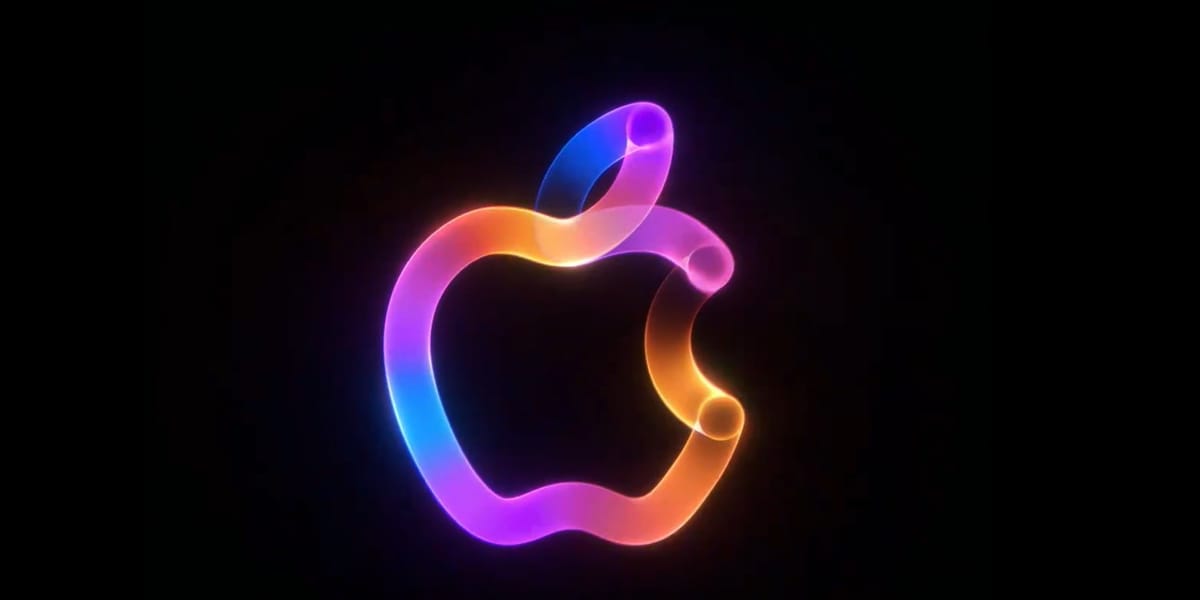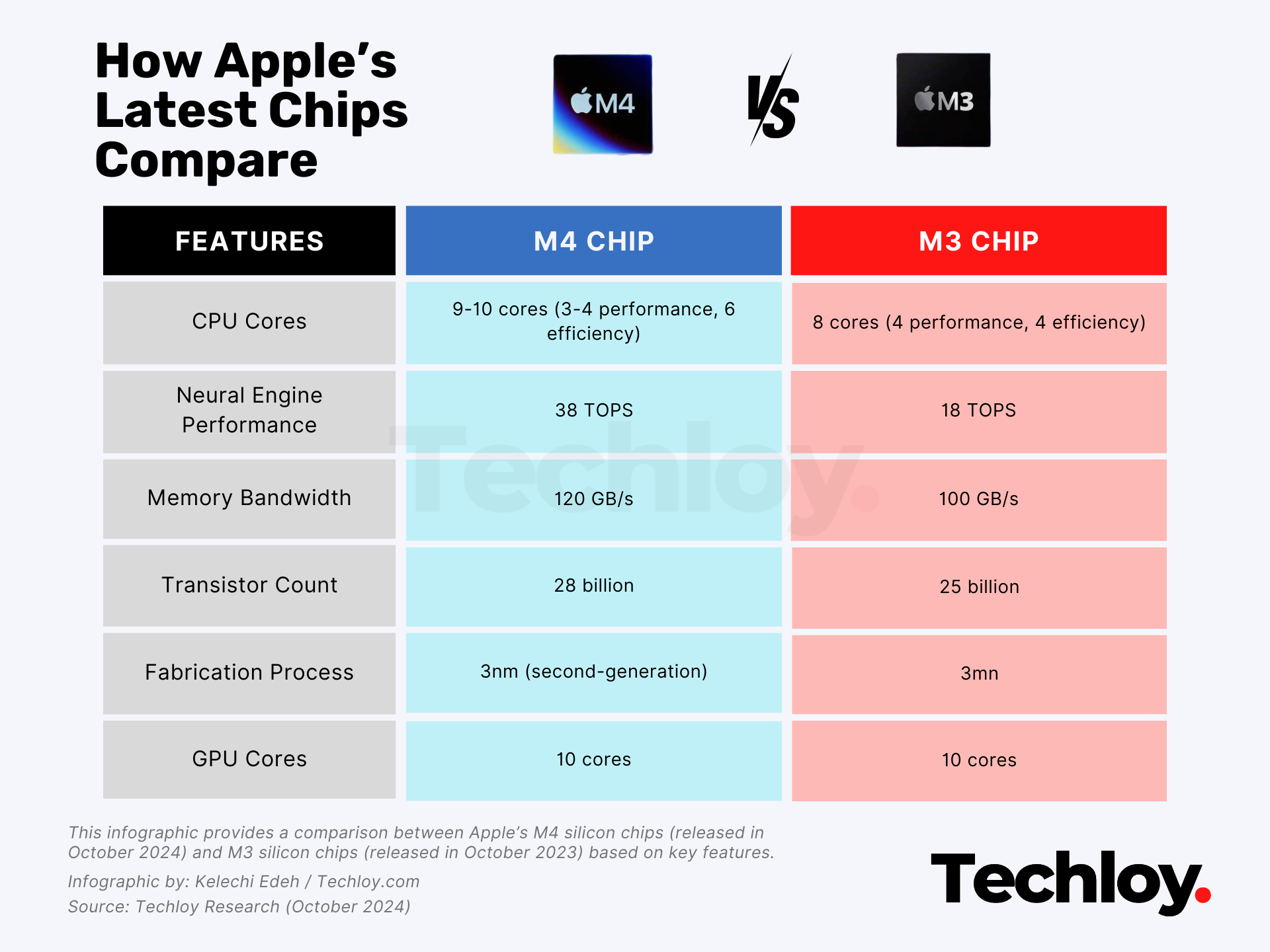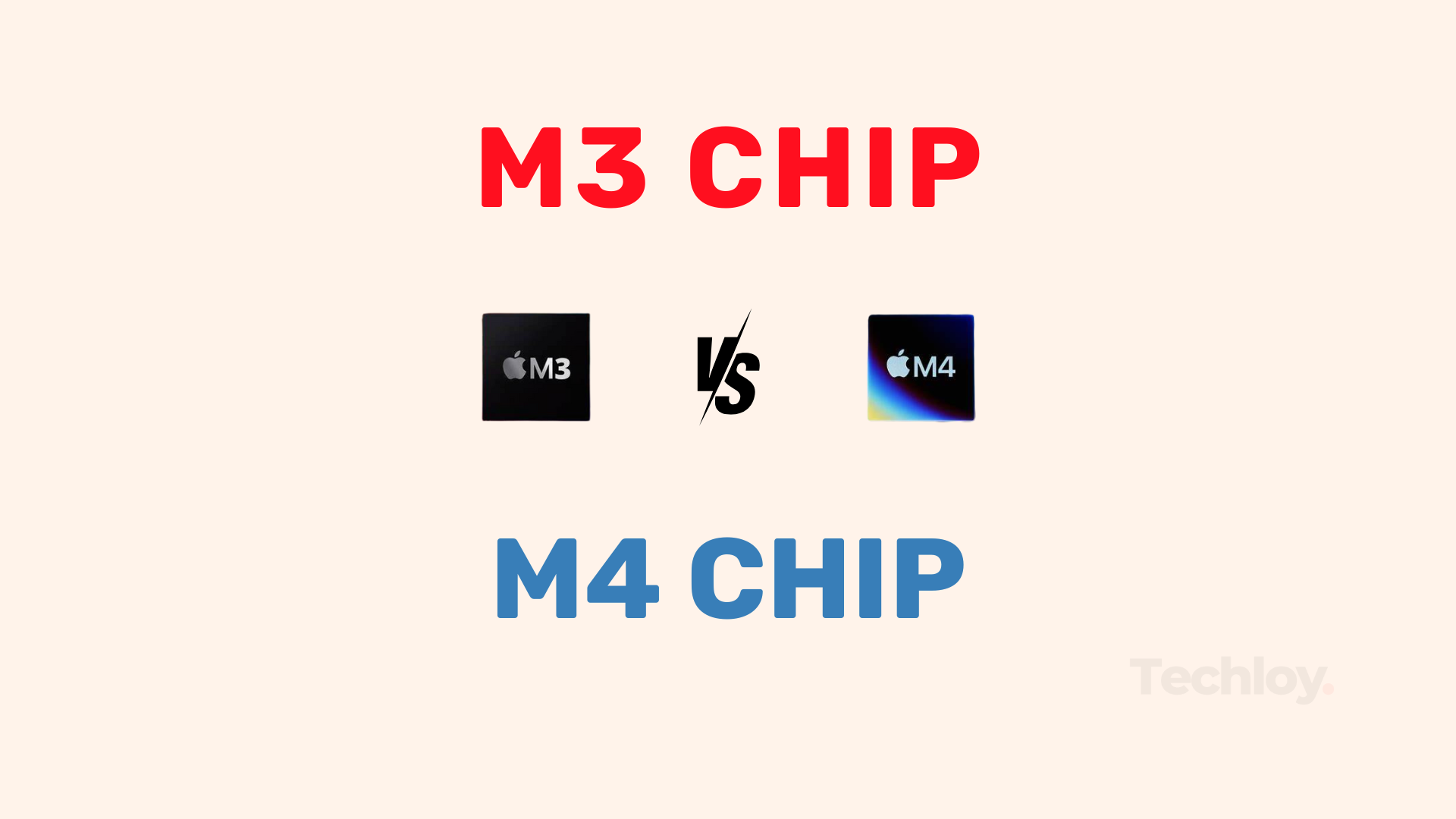INFOGRAPHIC: M3 vs. M4: How Apple’s latest chips compare
Explore how Apple's new M4 chip improves performance and efficiency over the M3 and find out if it's the right time for you to upgrade your device.
In May 2024, Apple introduced the M4 chip alongside the 2024 iPad Pro, setting the stage for what many anticipate will be a game-changer in performance and efficiency.
As we look forward to the upcoming lineup of MacBooks expected to feature this new chip, many of you who currently use devices powered by the M3 chip are likely wondering about the differences.
This comparison will explore how the M4 chip stacks up against the M3, highlighting key specifications and performance improvements to help you decide if upgrading is the right move for you.

#1: Core Configuration
The M3 chip, which has established itself in several devices like the MacBook Pro and MacBook Air, features an 8-core CPU consisting of four performance cores and four efficiency cores.
In contrast, the M4 offers either a 9-core or a 10-core CPU, comprising three or four performance cores and six efficiency cores. This increase in efficiency cores allows the M4 to handle multitasking more effectively, providing a smoother experience during demanding tasks.
#2: Graphics Performance
Both the M3 and M4 chips come with a 10-core GPU, but the M4's graphics capabilities are enhanced, particularly for tasks involving real-time rendering and advanced visual effects.
The introduction of hardware-accelerated ray tracing and mesh shading also improves the M4’s ability to manage complex graphics workloads, making it a more suitable choice for creative professionals.

#3: Neural Engine Capabilities
A significant highlight of the M4 chip is its Neural Engine, capable of performing up to 38 trillion operations per second (TOPS). This represents a substantial leap from the M3's 18 TOPS.
However, it's essential to note that while the M4's performance appears impressive, the effective difference in real-world scenarios may be less pronounced when normalized for specific data types.
#4: Memory Bandwidth and Support
The M4 also boasts an improved memory bandwidth of 120 GB/s compared to the M3’s 102.4 GB/s. This enhancement enables faster data transfer rates, which can significantly impact performance in memory-intensive applications, such as video editing and 3D rendering. Both chips also support LPDDR5 memory, but the M4's configuration allows for quad-channel memory, providing further advantages in memory throughput.
#5: Performance Metrics
Early benchmarks suggest that the M4 chip achieves around a 10% performance improvement over the M3, particularly in machine learning tasks. However, these results stem from synthetic benchmarks, which may not fully represent real-world performance. As the M4 makes its way into more devices, users will gain clearer insights into how it compares to the M3 in practical applications.
#6: User Experience and Anticipation
The excitement surrounding the M4's performance in the iPad Pro has set high expectations for its implementation in future MacBook models. Given the different cooling solutions and power management strategies in iPads compared to laptops, it's intriguing to see how the M4 will perform in the more thermally tolerant environment of the MacBook Pro.

Conclusion
In summary, the M4 chip presents several advancements over the M3, particularly in core configuration, graphics capabilities, and neural processing.
If you rely on your MacBook for demanding tasks—be it professional content creation, gaming, or complex computations—considering an upgrade to a device featuring the M4 may be beneficial. However, for those who primarily use their devices for everyday tasks, the M3 remains a robust option that has proven itself across various applications.
With Apple’s ongoing commitment to pushing the boundaries of performance, the introduction of the M4 is an exciting development for anyone interested in maximizing their computing capabilities.







